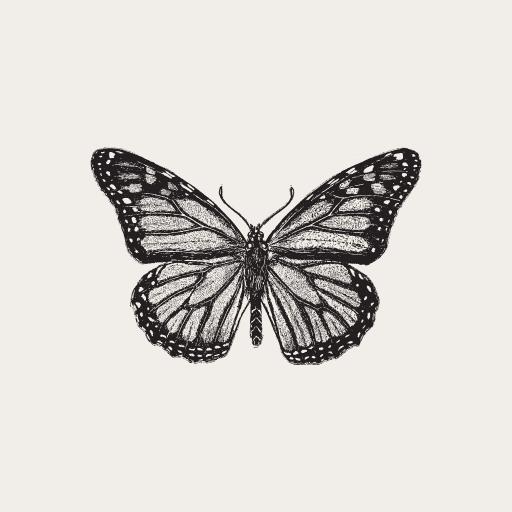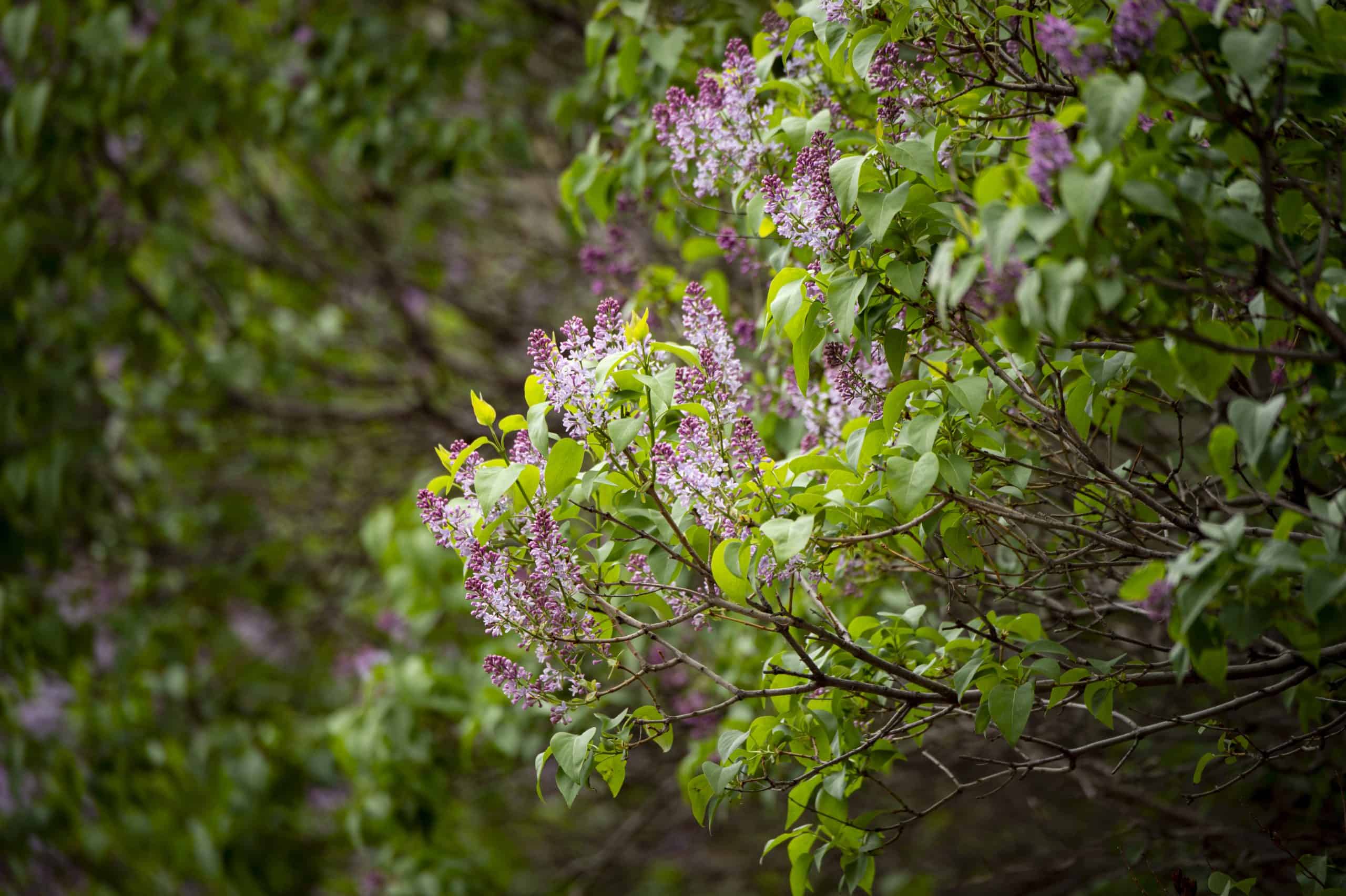How Shrubs Support Smaller Critters and Provide Shelter
As a conservationist, I’ve seen firsthand the vital role that native plants play in supporting local ecosystems. Among these, native shrubs stand out for their ability to provide shelter, food, and safety for a variety of smaller critters—ranging from birds and insects to small mammals. Shrubs offer dense foliage that serves as both a hiding place from predators and a habitat for nesting. In addition to the physical shelter they provide, many native shrubs also produce berries, seeds, and nectar that attract and nourish wildlife.
In this article, I’ll explore some of the best native shrubs you can plant to benefit local wildlife. From providing cover to supporting beneficial insects, these shrubs are an essential part of any wildlife-friendly landscape.
Why Native Shrubs Matter for Wildlife
Native shrubs are perfectly adapted to local soil, weather, and wildlife. Unlike non-native shrubs, which may not provide the right kind of resources for native wildlife, native shrubs have evolved alongside local critters, making them a crucial component of the ecosystem. By planting native shrubs, we help create sustainable environments that support local biodiversity.
Native shrubs also play a key role in erosion control, water conservation, and carbon sequestration, making them a sustainable and beneficial addition to any garden or landscape.
Best Native Shrubs for Wildlife
Here are some of the best native shrubs that provide important benefits for wildlife, offering everything from shelter to food sources:
- Serviceberry (Amelanchier spp.): Serviceberry is a versatile shrub that can be planted in a variety of landscapes. It produces small, sweet berries in the spring, which are highly attractive to birds like robins, cedar waxwings, and bluebirds. The shrub also provides excellent cover and nesting sites, particularly for songbirds. Serviceberry blooms in early spring, offering early-season nectar to pollinators such as bees and butterflies.
- Elderberry (Sambucus canadensis): Elderberry shrubs are well-loved by a variety of birds, including American robins, cedar waxwings, and sparrows. The large clusters of white flowers they produce attract pollinators, and the dark purple berries they bear in late summer are an excellent food source for birds. Elderberry shrubs also provide dense cover for smaller critters, offering shelter from predators.
- Viburnum (Viburnum spp.): Viburnum shrubs are a fantastic addition to any wildlife-friendly garden. With their fragrant flowers in spring, these shrubs attract bees and butterflies. The berries that follow—ranging from red to black—are highly sought after by birds such as thrushes and bluebirds. Viburnums also offer excellent cover for birds and small mammals, making them a great choice for a wildlife habitat.
- Ninebark (Physocarpus opulifolius): Ninebark is a hardy shrub with peeling bark that provides shelter and protection for a variety of wildlife. Its flowers attract pollinators in spring, and its reddish or yellowish berries provide a food source for birds. The dense foliage and branches make it an excellent choice for nesting birds, especially during breeding season.
- Spicebush (Lindera benzoin): Known for its aromatic leaves and yellow flowers, spicebush is a great shrub to plant for wildlife. It serves as a host plant for the spicebush swallowtail butterfly, providing both shelter and food for its larvae. Birds, including chickadees and warblers, also love the red berries it produces in the fall. Spicebush provides dense, protective cover and is a valuable addition to any habitat garden.
- Winterberry Holly (Ilex verticillata): Winterberry holly is a deciduous shrub that’s famous for its bright red berries, which remain on the branches long after the leaves have fallen. These berries are a favorite of many bird species, including northern flickers, robins, and grouse. The shrub provides shelter for wildlife, especially in the winter months, and it helps protect against soil erosion with its deep root system.
- American Beautyberry (Callicarpa americana): American beautyberry is a striking shrub known for its clusters of purple berries that ripen in the fall. These berries are highly attractive to birds like mockingbirds, cardinals, and bluebirds. Beautyberry shrubs are also known for their dense, bushy appearance, which makes them perfect for providing cover and shelter to small mammals and insects.
How to Plant Native Shrubs for Wildlife
Planting native shrubs can be a rewarding way to help support local wildlife. Here are a few tips for creating a wildlife-friendly habitat with native shrubs:
- Choose a Variety of Shrubs: Different species offer different benefits. Planting a variety of shrubs with varying heights, bloom times, and berry types will ensure that wildlife has access to food and shelter throughout the year.
- Group Shrubs Together: Planting shrubs in clusters or groupings helps to create dense cover, which is especially important for smaller critters that need protection from predators.
- Plant in Layers: Layering shrubs of different sizes creates a more natural, wildlife-friendly habitat. Taller shrubs can provide canopy cover, while smaller ones offer ground-level shelter.
- Provide a Water Source: Don’t forget to include a shallow birdbath or other water sources in your garden to keep wildlife hydrated, especially during dry months.
- Avoid Pesticides: Avoid using harmful chemicals in your garden, as they can harm pollinators and other beneficial wildlife. Instead, focus on natural pest control methods to maintain a healthy, safe environment for critters.
Native Shrubs: A Lasting Impact on Wildlife
Native shrubs are essential for providing shelter, food, and protection for wildlife. From providing nesting sites for birds to offering berries for insects and small mammals, these plants play a vital role in sustaining local ecosystems. By planting native shrubs in your garden or landscape, you can help create a safe haven for wildlife, support biodiversity, and contribute to the health of the environment.
So, whether you’re looking to enhance your garden or create a more wildlife-friendly space, consider adding some native shrubs to the mix. They not only beautify your landscape but also help support the smaller critters that make our world richer and more diverse.
Ready to plant native shrubs that benefit wildlife? Start by choosing a few species that will thrive in your area. Visit your local native plant nursery or check online resources to find the perfect shrubs for your garden. Together, we can create habitats that protect and nourish the critters we care about.
FAQ: Native Shrubs That Benefit Wildlife
Native shrubs are adapted to local soil, weather, and wildlife conditions. They provide essential shelter, food, and safety for local wildlife by offering cover, nesting sites, and food sources like berries, seeds, and nectar. Unlike non-native shrubs, they support biodiversity and help sustain local ecosystems by providing the resources that native animals need.
Some excellent native shrubs for wildlife include:
Serviceberry: Provides food for birds and nectar for pollinators.
Elderberry: Attracts birds and pollinators, offers shelter.
Viburnum: Offers fragrant flowers, berries for birds, and shelter.
Spicebush: Supports the spicebush swallowtail butterfly and provides berries for birds.
Winterberry Holly: Offers bright red berries that attract birds, especially in winter.
To support wildlife, plant a variety of native shrubs with differing heights and bloom times. Group them together to create dense cover, layer them for shelter at different heights, and provide a water source for hydration. Avoid using pesticides to protect pollinators and other beneficial wildlife.
Native shrubs help with erosion control, water conservation, and carbon sequestration. Their deep roots prevent soil erosion, while their growth supports the structure of the ecosystem and helps maintain the balance of local environments.
Several native shrubs attract pollinators:
Serviceberry: Offers nectar for bees and butterflies in early spring.
Viburnum: Its spring flowers attract bees and butterflies.
Spicebush: Supports the spicebush swallowtail butterfly by serving as a host plant for its larvae.

